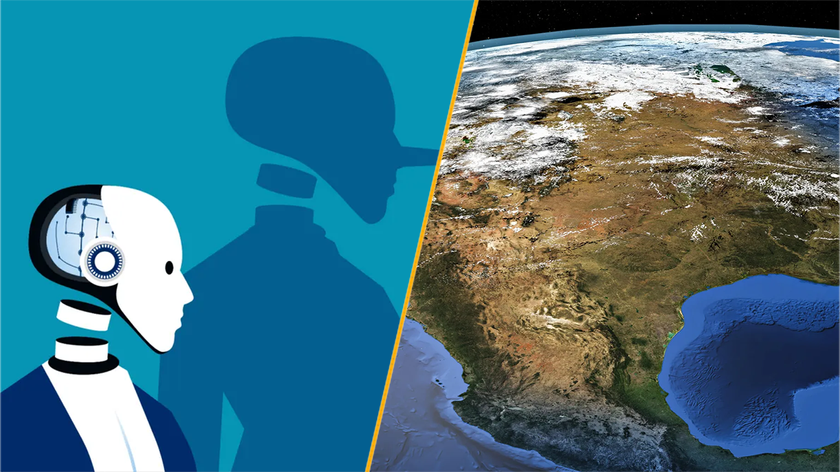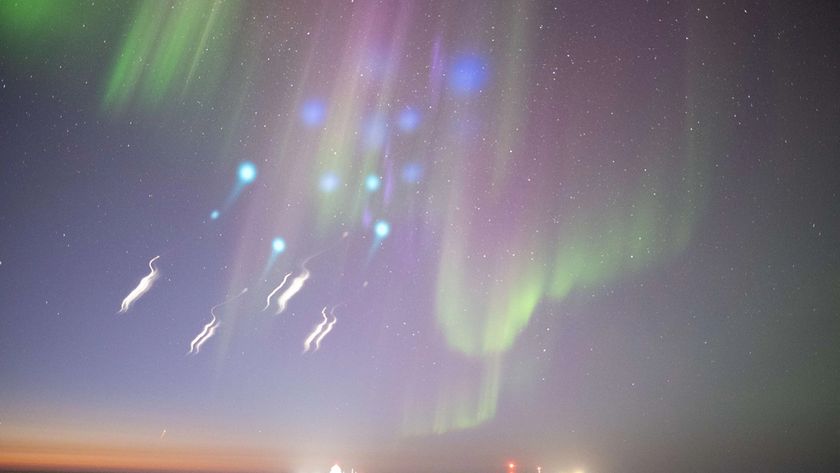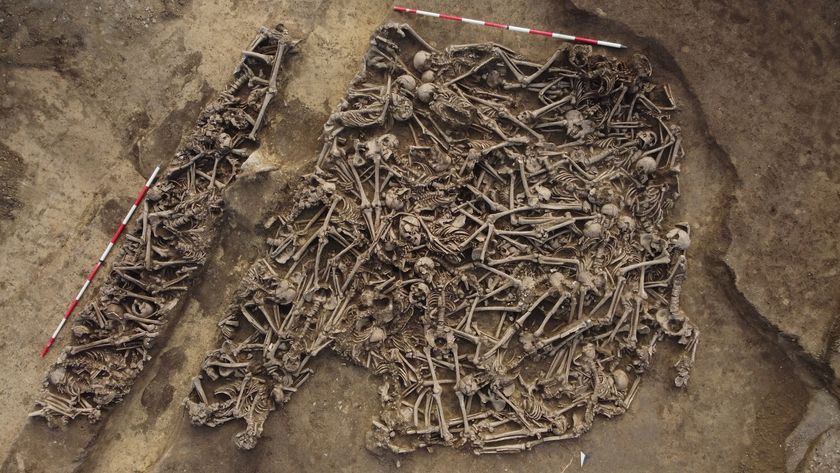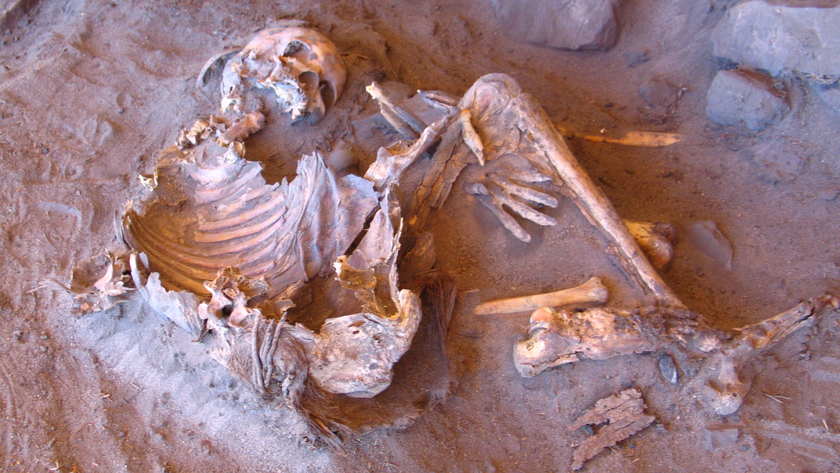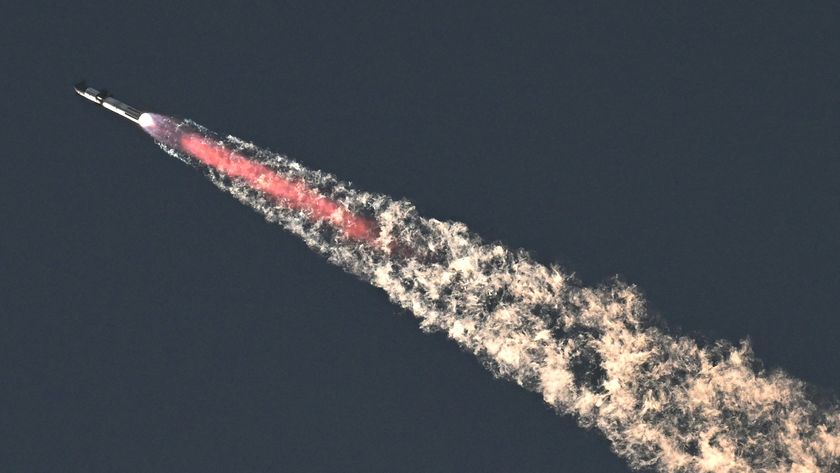The Neanderthal Nose Enigma: Why So Big?

A mystery of Neanderthals for more than a century is one that's literally as plain as the noses on their faces — why did they have such big schnozes?
One common answer suggests their faces somehow helped our extinct relatives deal with the extreme cold they faced. Now, however, scientists find that Neanderthal faces were not built for the cold — meaning that no one still knows why Neanderthals had such noses.
The enigma that such a large nose poses is that it seems like an excellent way to lose heat — a paradox, given that Neanderthals lived when glaciers dominated Europe. Modern humans and other animals, in contrast, typically have evolved significantly narrower, longer noses in cold climates. [The Many Mysteries of Neanderthals]
Scientists have tried solving this mystery by suggesting there were equally giant sinuses behind the broad noses. Some proposed the sinuses helped warm the air before it entered the lungs so Neanderthals were able to keep their bodies warm. Others speculated the sinuses actually had the exact opposite function, helping Neanderthals rid their bodies of heat, preventing them from drenching in sweat that could have cooled them off even more.
"The $64,000 question is what sinuses do — that is, what is their biological function. Scientists have been arguing over that for hundreds of years," researcher Todd Rae, a paleoanthropologist at Roehampton University in London, wrote in an e-mail. "There are dozens of suggestions for what they may do for the animals that have them, including adding resonance to the voice and acting as flotation devices!"
To learn more about what role sinuses might have played in Neanderthals, Rae and his colleagues analyzed X-rays and CT scans of several Neanderthal skulls. They found Neanderthal sinuses were actually comparable in scale with those of modern humans and not unusually large or small. In contrast, they had previously discovered that sinuses get smaller in the cold in both macaque monkeys and rats.
These findings suggest that scientists no longer have to do "philosophical and logical backflips" to explain how their noses and sinuses might have aided Neanderthals for a life in the cold — Neanderthals' researchers hint they didn't, Rae told LiveScience. It could be there was no special reason why their noses were unusually broad, Rae said — they could have just evolved that way randomly.
Sign up for the Live Science daily newsletter now
Get the world’s most fascinating discoveries delivered straight to your inbox.
"I would agree with their overall conclusion that the differences between Neanderthals and modern human faces do not appear in general to be adaptations to extreme cold climates," said paleoanthropologist Tim Weaver at the University of California, Davis, who did not take part in this research. "That doesn't mean that smaller features might not be shaped by cold climate. The projection of the nose of Neanderthals is very pronounced, and we see that characteristic in present-day humans who have ancestry in cold climates. Whether that's due to cold climate is unclear, but it's at least consistent."
"One of the things that's really fascinating about Neanderthals is that they are perhaps the most closely related species to humans that have ever lived, and in that way can help us really understand the evolutionary forces that shaped us," Weaver added.
Rae and his colleagues detailed their findings online Dec. 21 in the Journal of Human Evolution.
- Top 10 Mysteries of the First Humans
- Top 10 Things That Make Humans Special
- The Coldest Places on Earth
You can follow LiveScience on Twitter @livescience.



